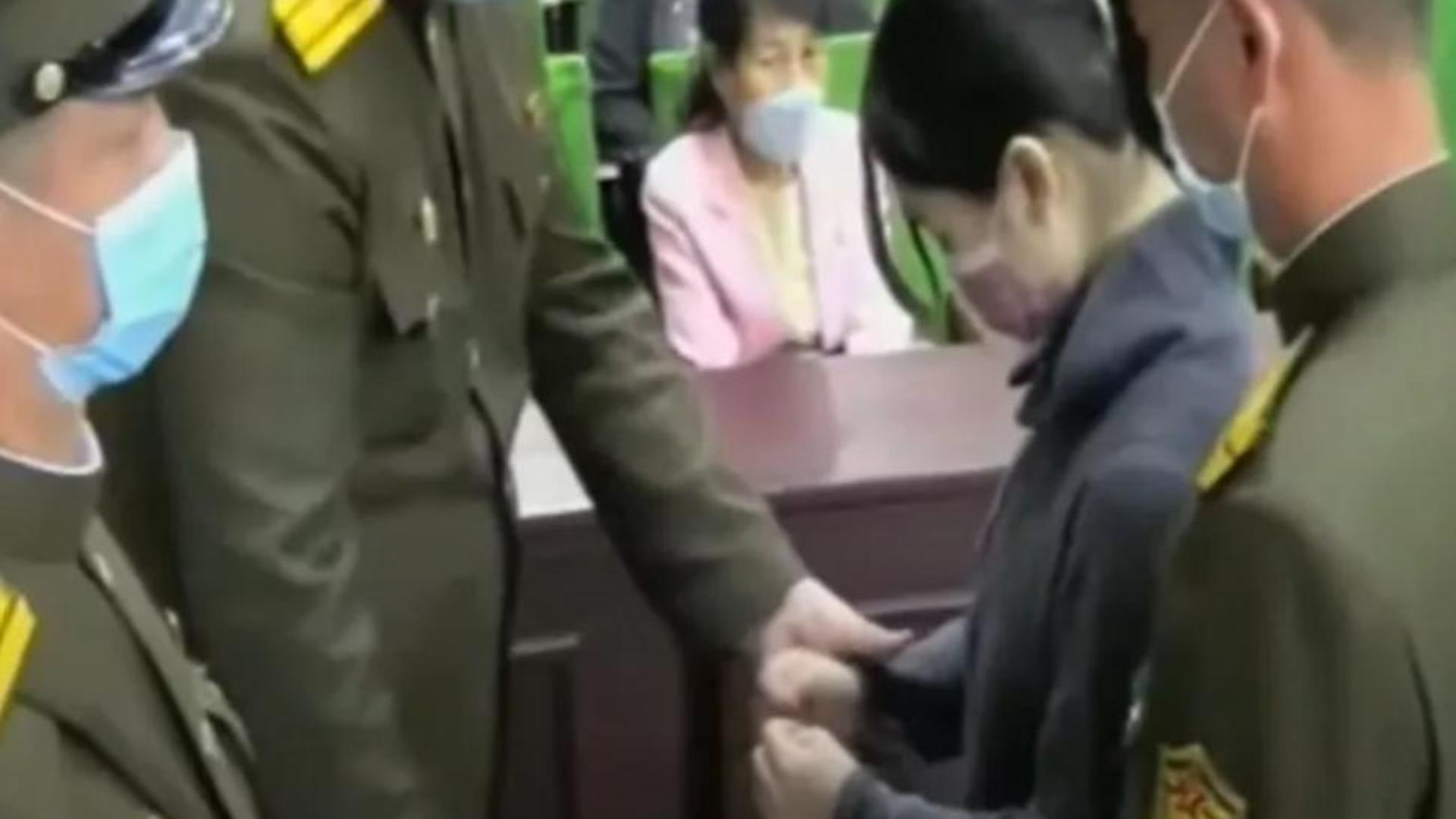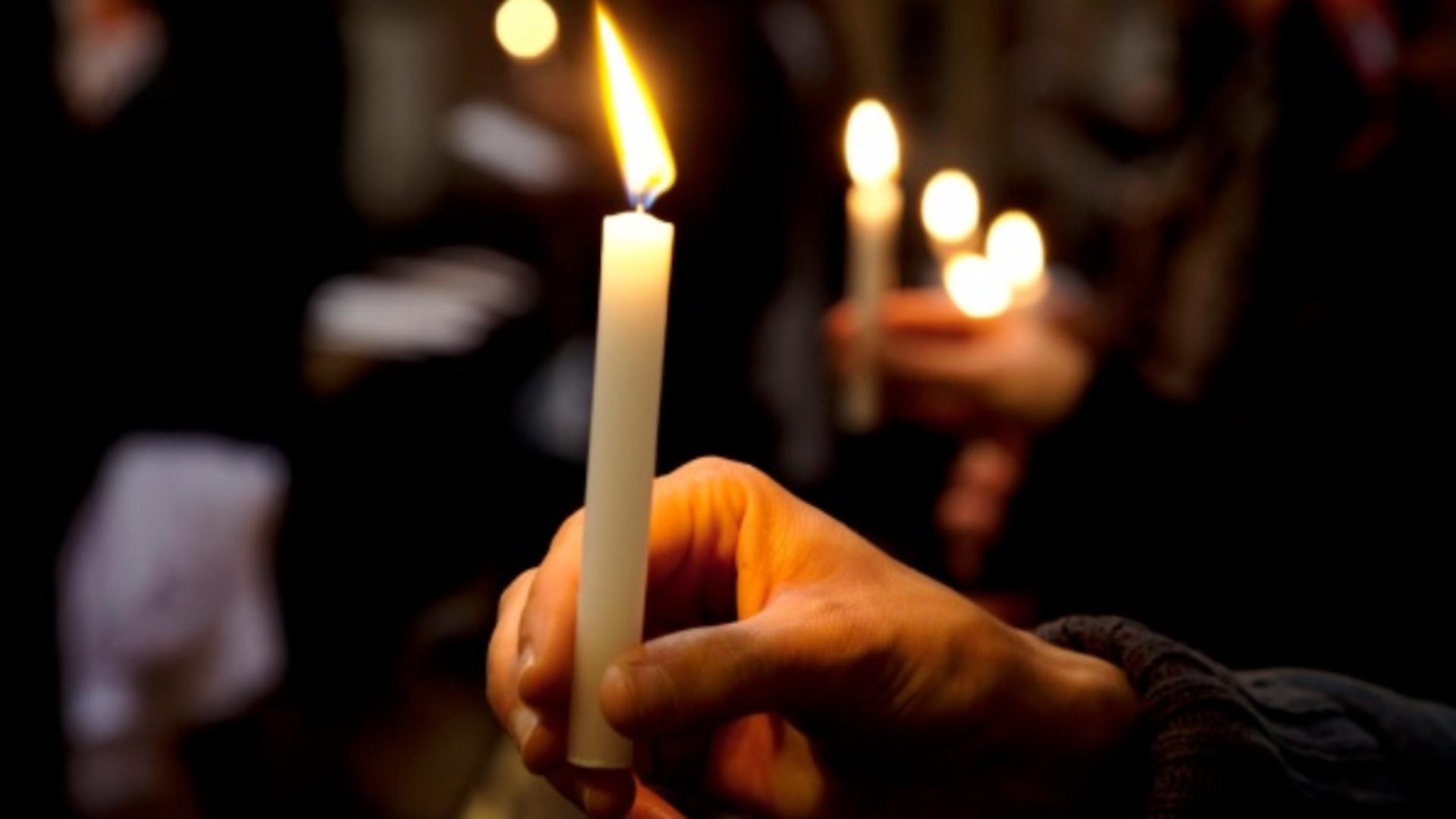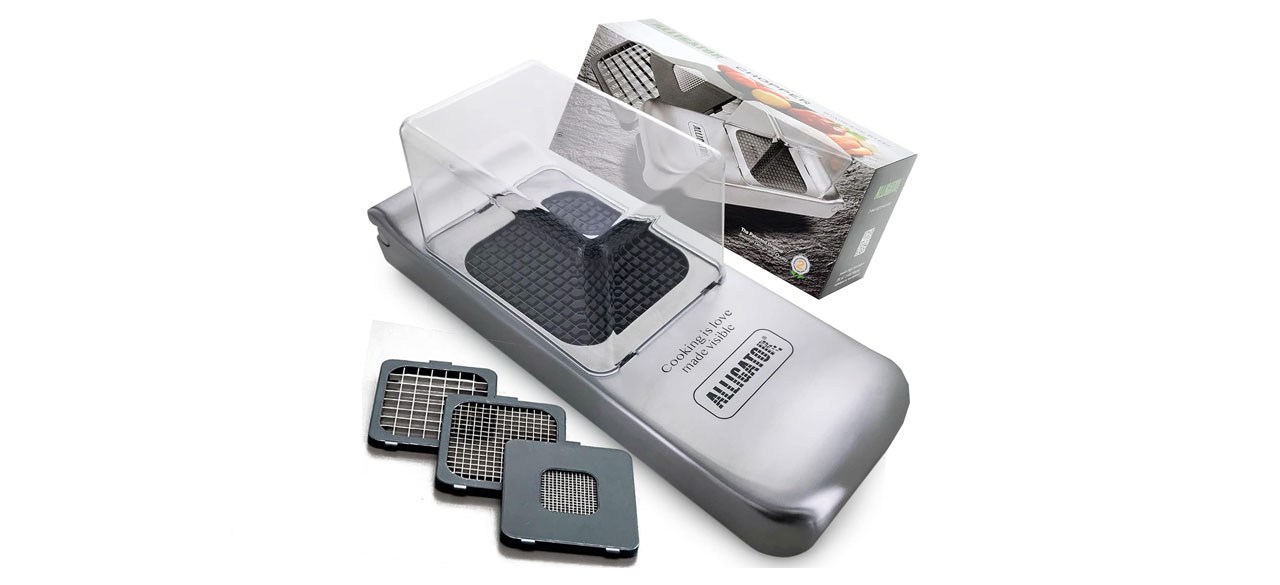When John Snowling opened fire inside Cook’s Corner in Trabuco Canyon on Aug. 23 one year ago, many customers of the bar and restaurant instinctively employed what safety experts say are two of the three tenets of surviving a shooting — run, hide, fight — by sprinting for the exits or taking cover behind furniture.
Most did so safely, but three people were killed and six others, including Snowling’s estranged wife and initial target, were injured. Orange County sheriff’s deputies put an end to the siege when they killed Snowling in a gun battle.
Since the attack, the Sheriff’s Department has conducted 95 active-shooter trainings for 6,056 people, said Sgt. Brian Gunsolley, who helps conduct those classes. That’s about double the number of sessions from the previous year. More than two-thirds of those requests resulted from a state law that became effective in July that requires employers with 10 or more workers to provide workplace violence prevention training.
The County of Orange Social Services Agency, Soka University, Walmart, Panasonic and numerous cities have requested the training.
“The best thing would be to gain distance from the threat and put objects between you and the threat,” Gunsolley said.
There are additional important actions beyond the basic three that he incorporates into lessons — prevent and prepare — that can help someone stop or survive a similar attack.
Gunsolley said most workplace attacks are perpetrated by employees. Trainees learn the signs and symptoms that could indicate someone might turn violent.
“If you see something, don’t assume that everything’s going to be OK,” Gunsolley said in an interview. “Report and allow us to do an assessment.”
He encourages businesses to have quarterly exercises and ask law enforcement for advice.
“Get your team together. There is a shooter in the lobby. What are we going to do? How are we going to work as a team?” Gunsolley said. “That should be an ongoing process.”
Sometimes, in the most dire circumstances, someone must fight. Few workplaces – or bars or restaurants – allow employees to bring in weapons, so Gunsolley encouraged improvisation. The website ThePowerOfPreparedness.com recommends scissors, cans of soda, tools, laptop computers, coffee mugs, chairs, hot coffee or the spray from a fire extinguisher.
The best time to attack attackers, Gunsolley said, is immediately after they enter through a door when they might not be prepared.
“It’s not perfect, but it’s better than just getting shot,” he said.
Preparation extends beyond the workplace into public spaces.
“Look for the exits beforehand and preprogram into your brain where you are going to go,” Gunsolley said. “Every time you go to that place, it’s preprogrammed into your head.”
That’s especially important in stores, he said, where high shelves can block views of the exit signs.
“We teach a concept and talk about incidents that have actually happened and someone has survived as a result,” Gunsolley said. “I think that helps people build confidence rather than hoping for the best. When they are done, they feel confident they can survive. We try to instill in them that there is hope.”
Related Articles
Virginia man critical after being shot by 2-year-old
Christopher Dorner’s gun found in Beverly Hills was not duty weapon or city-owned, LAPD chief says
Judge knocks down Hunter Biden’s bid to use Trump ruling to get his federal tax case dismissed
Gun found after disturbance at high school in Sylmar
For Orange County Sheriff’s deputies who stopped shooter at Cook’s Corner, memories are vivid

























